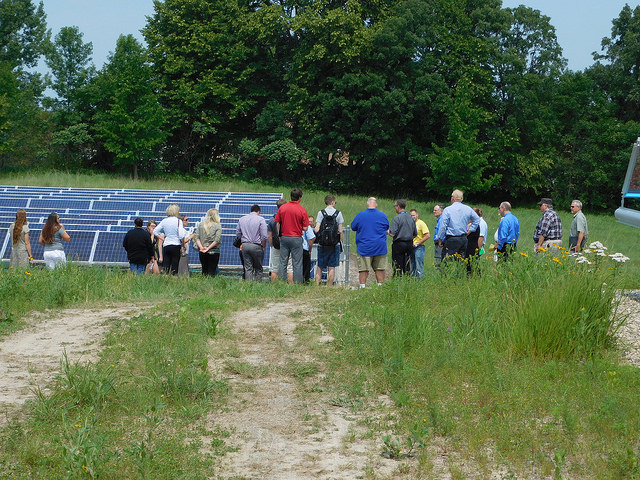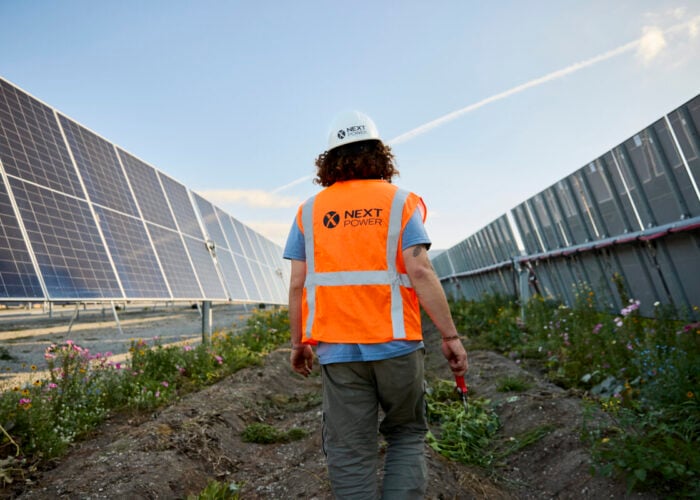
Solar Energy Industries Association (SEIA) has released a new guide on community solar siting processes that provides a framework for developers and state regulators to consult and stresses the need for greater deployment throughout the US.
The whitepaper said there was more than 3.6GW of community solar projects across the US, with this capacity expected to increase by another 4.5GW over the next five years.
Try Premium for just $1
- Full premium access for the first month at only $1
- Converts to an annual rate after 30 days unless cancelled
- Cancel anytime during the trial period
Premium Benefits
- Expert industry analysis and interviews
- Digital access to PV Tech Power journal
- Exclusive event discounts
Or get the full Premium subscription right away
Or continue reading this article for free
In order to facilitate this expansion, SEIA has provided interested parties with a toolkit for determining the site, design and configuration of community solar projects. The guide also busts a number of myths surrounding community solar in the US, including that “all materials in solar panels are hazardous and should be treated as hazardous waste”.
SEIA said community solar projects were a key means of decarbonising US society and growing clean energy production by more than the required 9% every year to meet the country’s climate goals.
The report specifically focuses on ground mounted solar PV systems and does not consider building-mounted projects, although it still urged regulatory and policy for support these.
The framework
The paper outlines a four-stage strategy for determining the siting of community solar projects, which it defines as local solar facilities – typically under 5MW – shared by multiple community subscribers who receive credits on their electricity bills for their share of the power produced.
First, developers should design the solar plant to encourage habitat and biodiversity, dual-use and add elements that can provide additional ecosystem services, SEIA said.
Second, avoid environmental damage by selecting the least damaging site when considering a range of alternatives with different project configurations.
Third, for impacts that cannot be avoided, projects should employ measures to minimise the environmental impact on such as installing erosion control barriers, buffers or setbacks from sensitive resources.
Finally, for community solar projects that will cause “unavoidable negative environmental impacts”, SEIA recommends mitigation strategies such as protecting an equivalent resource, dual use agriculture systems or paying into a fund for restoration or preservation work.
“Policymakers should strongly encourage these project designs,” said David Gahl, SEIA’s senior director of state policy for the East. “By following these steps, community solar developers, landowners and communities can work together to ensure the benefits of clean, locally produced solar energy are shared by all stakeholders.”
To support its decision-making framework, SEIA urged state regulators to “develop frameworks and tools for use by local governments in making permitting decisions,” adding that “policy makers should have up-to-date, publicly accessible, land use mapping tools available to help drive responsible siting decisions.”
While SEIA recognised “legitimate land use concerns” from some communities, it also clearly dispelled any unfounded opposition to community solar based on conspiracy-esque beliefs, such as that PV material is hazardous or arguments that “some regions of the country do not have enough sunlight to make solar a reliable source of energy”.
“While many land use concerns are legitimate, solutions are needed to find an appropriate balance,” said SEIA, “A fact-based approach should consider the overall need for renewable energy and the ecosystem benefits of solar installations alongside the potential impacts and aesthetic concerns.”






